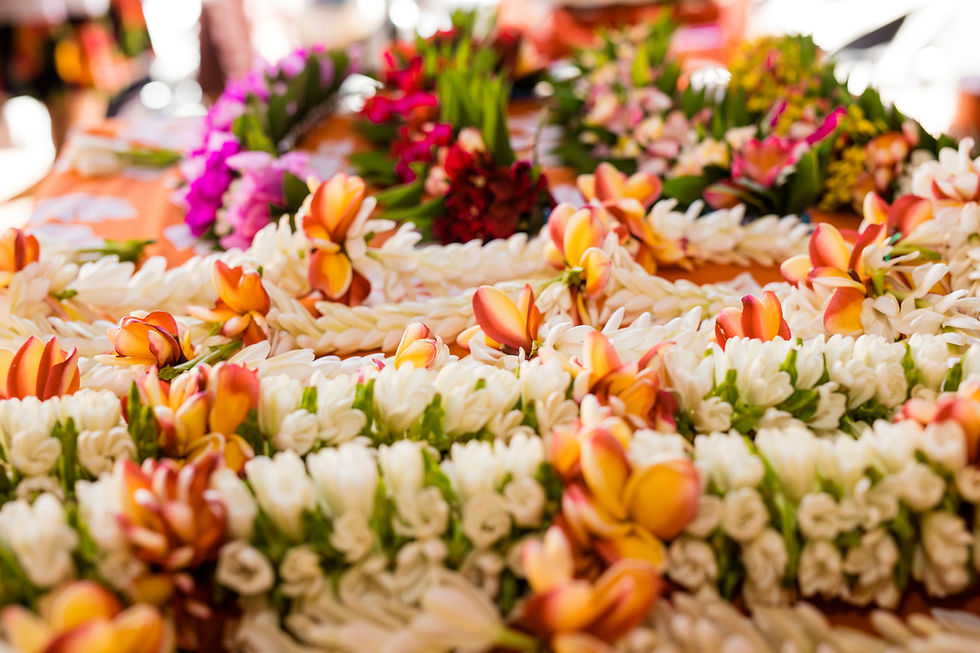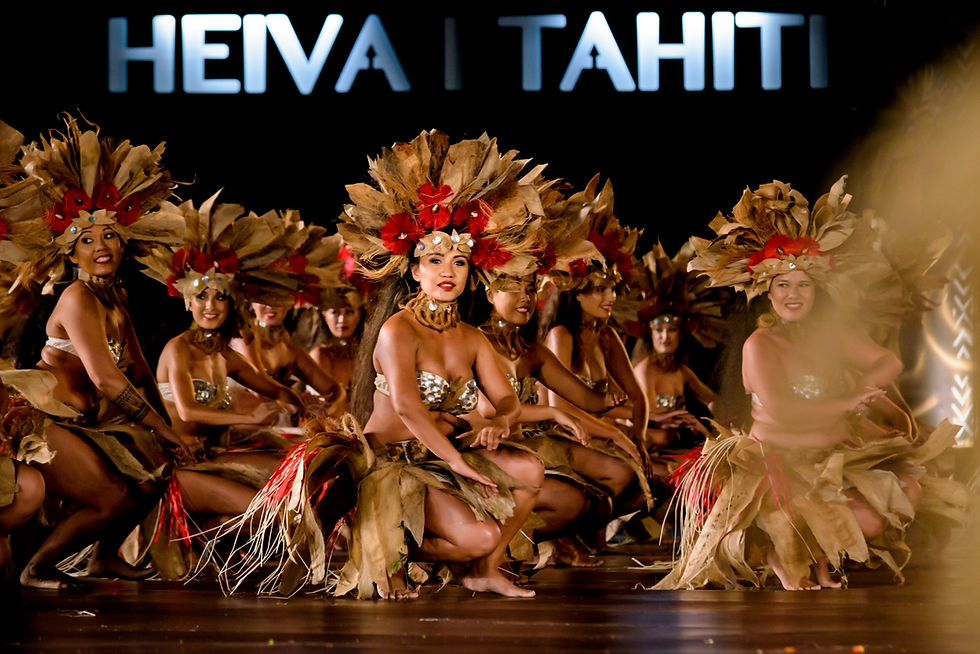Traditional star navigation in French Polynesia: an ancient art under endless skies
- loureibel
- Aug 7
- 3 min read
Imagine navigating vast ocean expanses without compasses, maps, or modern instruments. For over three thousand years, the ancient Polynesians did just that. Their extraordinary navigation skills, rooted in a profound understanding of the stars, the sea, and nature, connected more than a thousand scattered islands across the vast Polynesian Triangle.
Today, this ancestral tradition, known as wayfinding, remains alive in French Polynesia. Beyond a cultural heritage, it’s a remarkable testament to the intimate bond Polynesians have nurtured with the ocean and the stars.

A living celestial map
For Polynesian navigators, the sky is a living map. Stars don’t just mark time—they guide precise routes across open waters. Constellations like Te Tautoru (Orion’s Belt) and Te Ika o te Marua (the Milky Way) provide directional anchors, while specific stars rising or setting at fixed horizon points signal the course to follow.
Understanding the seasonal cycles of stars also helps determine the best times to embark on long voyages, taking advantage of favorable winds and currents.
Reading the sea and nature
Traditional navigation is much more than stargazing. Ancient Polynesian sailors developed extraordinary skills to interpret their marine environment:
Waves and currents: Each archipelago creates unique wave patterns, detectable even without sight of land.
Bird flight: Coastal species like the noio (black tern) indicate nearby islands.
Cloud formations and water color: Certain cloud shapes or sea reflections reveal the presence of atolls or lagoons nearby.
Together, these insights formed a complete navigation system deeply integrated with the natural world.
A cultural revival
For centuries, this art was at risk of fading, overshadowed by colonization and modern technology. But since the 1970s, a cultural renaissance has breathed new life into traditional navigation across the Pacific.
In French Polynesia, organizations like Faafaite i te Moana and passionate navigators have built replicas of ancient double-hulled canoes such as the Faafaite. These vessels have once again crossed oceans guided solely by the stars, honoring ancestral wisdom.
Today, wayfinding is a powerful symbol of cultural pride, a bridge linking past and present.
Va’a: the Polynesian canoe
The Va’a (a single-hulled Polynesian canoe with an outrigger) is more than a sport in French Polynesia, it’s a living connection to the seafaring traditions of old.
Every year, legendary races like the Hawaiki Nui bring together hundreds of paddlers who cross lagoons and open seas between islands. Beyond competition, many local groups offer Va’a outings, inviting both residents and visitors to experience the unique thrill of gliding over the ocean, paddle in hand.
Joining a Va’a session is an authentic way to feel the respectful and harmonious relationship Polynesians maintain with the sea.
Holopuni: sailing and paddling between islands
The Holopuni Va’a represents a modern evolution of the Polynesian spirit of exploration. These are Polynesian canoes equipped with sails, blending the art of paddling with sailing. They evoke the great oceanic migrations of the past.
A journey aboard a Holopuni immerses you in the very essence of wayfinding: trust in the sea, reading the sky, and a deep connection with nature.
An art that inspires
Polynesian traditional navigation is more than a method, it’s a way of life grounded in patient observation, humility before nature, and the transmission of ancestral knowledge.
Today, gazing at the stars from a beach in French Polynesia is a tribute to those who, guided only by wisdom and courage, crossed uncharted oceans. Their legacy continues to inspire new generations of navigators, and all those who dream of discovering the world beneath the infinite skies of the Pacific.






